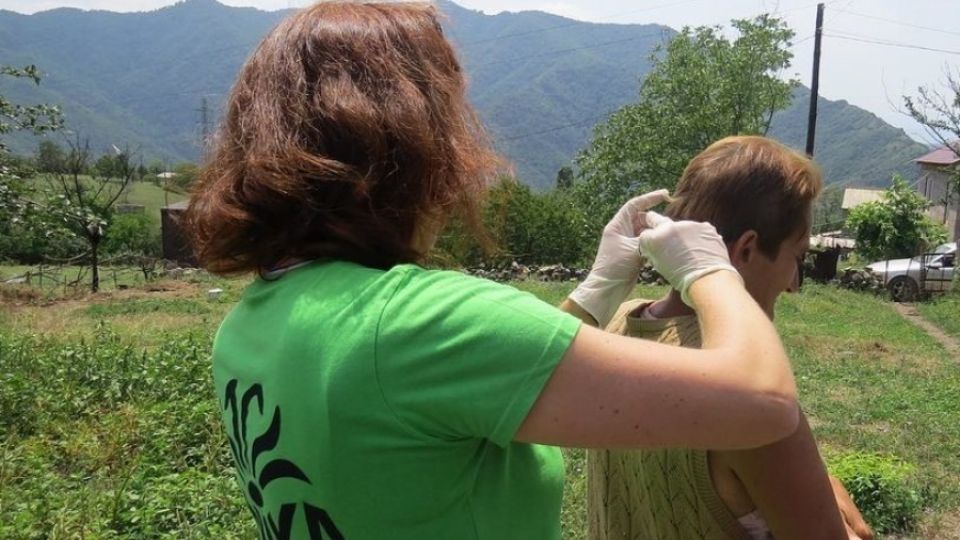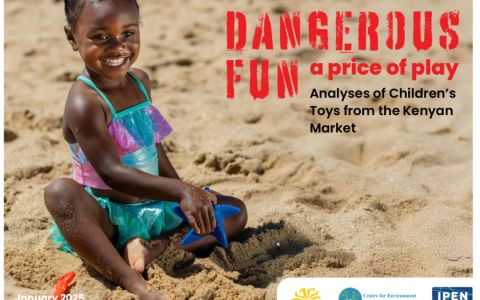What effect does ore-mining have on the human body and how much does it burden it? To answer these and other questions, a team of experts from a joint project run by Arnika and the Armenian non-profit organizations CCMS and EcoLur will travel to northern Armenia, to the province of Lori, to the Nahatak open tailing pond, which represents a long-term threat for public health of the local communities. To find out the extent to which heavy metals and toxic elements released into the environment as a result of metal ore-mining get into the human organisms of the nearby population, in 2020 they will take urine and nail samples and have them analysed in an accredited laboratory in the Czech Republic.
For the third year in a row, the Czech non-profit organization Arnika, together with the Armenian Center for Community Mobilization and Support (CCMS) and the EcoLur information portal, has been focusing on the pollution of the northern region of Armenia – the mining province of Lori. In their studies in 2018-2019, the organizations focused on determining the content of heavy metals and toxic elements in sediments, soil, fruits, vegetables, and human hair. The analyses confirmed the presence of higher concentrations of heavy metals and toxic elements. The 2019 study indicated carcinogenic and non-carcinogenic risks resulting from arsenic, nickel, and cadmium pollution. These toxic elements pose a higher risk to children.
“On the basis of the results of our previous studies, this time we decided to take samples of human urine, nails, and household dust in order to determine the content of the riskiest heavy metals for this region directly in the human body. These are arsenic, nickel, cadmium, lead, and copper. The collected samples will then be transported to the accredited laboratory of the Health Institute of the Czech Republic,” explains the project coordinator, Valeria Grechko from Arnika. "This year we will focus on the situation around the Nahatak tailing pond, where we have already taken samples of soil, plant products, and hair. The locals in the villages of Mets Ayrum and Chochkan, located near the tailing pond, have shown great interest in us carrying out research in their area," she adds.
The fact that the local communities accept and welcome similar research is helping to gradually improve the current situation. “In recent years, the mobilization of the local population in the field of the protection of the environment can be observed. People are slowly ceasing to be afraid to express their opinions out loud and to fight for their right to a healthy and clean environment,” Grechko emphasizes. “In February 2020, a very successful campaign was carried out to support a family who lived in close proximity to the Nahatak tailing pond and had health concerns. The campaign caused a great public outcry, as a result of which the mining company offered the family compensation to buy a house in the part of the village further from the tailing dump,” said Oleg Dulgaryan, director of the Center for Population Activation and Support (CCMS). In addition to cooperation in environmental analyses, the centre also supports citizens. “Because of the difficult socio-economic situation in terms of medical conditions, in many cases it is expensive and, for patients with chronic diseases, inaccessible. Among other things, we want to receive the results of the analyses obtained by the Czech specialists in order to help the affected population receive compensation,” concludes Dulgaryan.
The results of the study will be published and presented by the end of 2020.
Our activities are funded by the Ministry of Foreign Affairs of the Czech Republic from the Transition Promotion Program.








